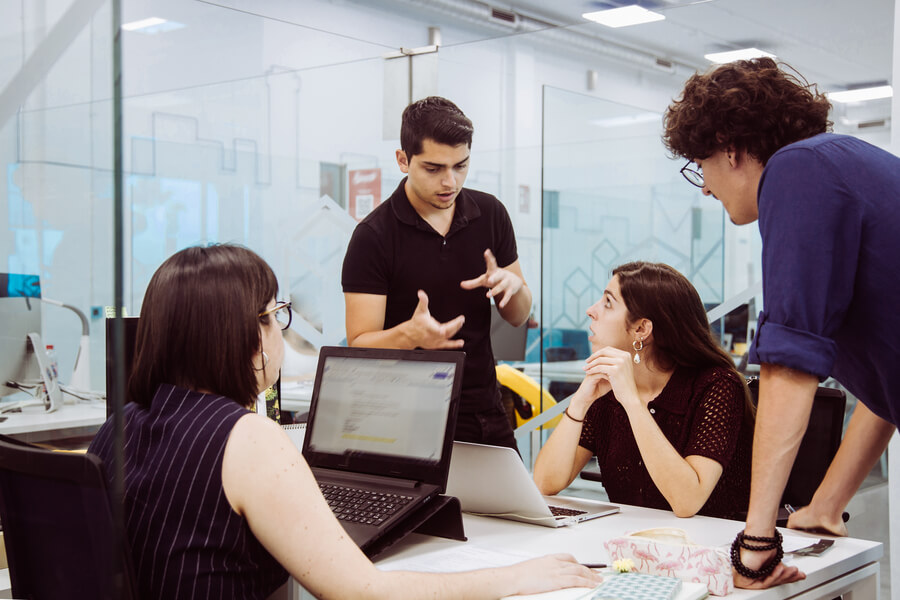Table of Contents
Choosing the right engagement model between your company and your nearshore partner is critical. The success of your project will depend on it and that means you need to make a decision based on which model best suits your needs, not just what you’re familiar with or what is cheapest.
So let’s take a look at the most common software development outsourcing models available so that you can choose the best for your business.
When you outsource software development, you can choose between several different models for how your team will work together. Each model has its own advantages and disadvantages. It’s important to think carefully about which one is best for your business.
Project Based
A project is a collection of work that you intend to accomplish within a certain time frame and budget. The project-based model is one of the most popular engagement models for software development outsourcing. In this model, the client and provider enter into a contract to develop a specific project within a specific time-frame and budget.
The Client´s role:
Provide product vision and scope. The client should provide detailed information about what they want, this should include vision, strategy, milestones, business rules, and depending on the engagement potentially user stories and even UI/UX.
Provide budget. In most cases there is an upper limit on how much money can be spent on any given phase of the project.

Risks of Project based work
There are risks to be aware of when scaling up an engagement model that relies on fixed project costs.
The fixed cost component of project based work is not ideal for agile engagements. The cost of a software development project is hard to predict, so you will need to make sure you can afford it if your budget turns out to be too low.
Your partner might pad their estimate with additional work hours to mitigate the risk of uncertainty in these sort of projects so you might end up paying for more anyway.
Time & Materials Model
Time & Materials (T&M) is one of the most common types of outsourcing engagements. In this model, client pays for both the time spent on the project and for material costs such as licenses or software purchases. T&M is flexible in that it allows you to pay only for what you need and nothing more, but also means that there’s no guarantee of price reduction over time—you could end up paying more than necessary if your requirements change or get more complex over time.
Staff Augmentation
Staff augmentation is a great option if you don’t want to hire full-time developers. The partner company hires and pays these employees while they are working on your software project. The client company needs to manage the engineers, however there is more flexibility to scaling up or scaling down when needed. This model tends to be billed in a monthly flat rate or full-time (160ish hours) with an hourly rate.
Team Augmentation
Team augmentation is a hybrid model that combines the best of both worlds. It is usually a project or product with a long engagement time-frame. It can be billed as fixed fee or time & materials but it also allows you to take advantage of deep expertise and management capabilities from your software development partner when needed. This makes this engagement model ideal for companies are product based and want long term engagements but a more hands-on approach from their partner than just a staffing engagement.

Build Operate Transfer
Build Operate Transfer (BOT) is a type of outsourcing model that involves the construction of a software development facility and team by a partner, who then sells it to the client. There is usually a time period where the vendor provides the services and stabilizes the operation and then a cutoff date when the client has the option to transfer the operation completely to themselves (at a cost)..
Conclusion
Now that we´ve covered the most common engagement models, you should have a good understanding of what option potentially suits your needs best. If you are still unsure, feel free to reach out for a conversation. We can help you figure out which type of model is right for you and help you find the right partner to engage.





